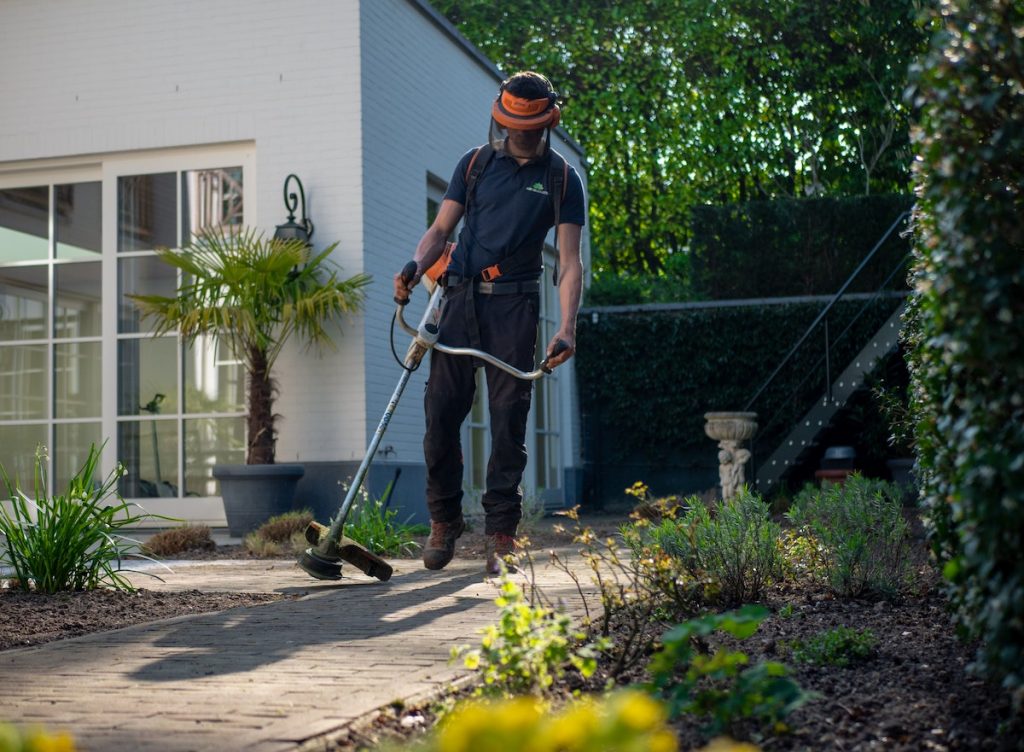It’s important to note any HOA gardening rules and guidelines in your community whether you would consider yourself to have a green thumb or are just looking to pick up a new hobby. Any landscaping you do to common property may require board approval, despite how beautiful you may believe it to be, because of maintenance, aesthetic, and expense concerns.
Question: I am an avid gardener and recently moved into a townhome community. The Association is responsible for maintaining the exterior of the units and all landscaping, including lawns and shrubs. There are no flower beds. I have two issues. I purchased several flats of annual and perennial flowers that I intended to plant along both sides of the sidewalk leading to my unit. As soon as I started digging, I was told to stop by a member of the Board of Directors. The Board member nicely explained that the area was common property, and I did not have the right to modify it for my personal use according to the HOA gardening rules. It is my opinion that the flowers are not solely for my personal use- everyone will be able to enjoy the flowers.
Also, the landscapers recently pruned the shrubs in front of my unit- they look awful. I tried to get the landscapers to stop, but they just kept hacking away. Aren’t those my bushes?
Answer: We cannot tell you the number of times we have been asked about the two issues you mentioned. There are certain rights an individual relinquishes when they live in a community association.
No owner has the right to alter the common property in a community association, including the installation of additional landscaping without the approval of an association’s Board of Directors. While the property next to your sidewalk primarily serves your unit, it nevertheless is common property owned by the Association and follows the HOA gardening rules.
Generally, there are two reasons that the Board of Directors does not permit owners to install additional landscaping on the common property. The first is additional expense. It costs more for a landscaping company to mow a lawn that requires maneuvering around flowerbeds, shrubs, etc. It also requires additional trimming, which increases the cost of the lawn service.
The second reason is aesthetics and maintenance. While the additional flowers planted along your sidewalk may be beautiful, allowing everyone to plant additional flowers outside their unit would likely result in a hodge-podge effect. It also forces the Board to approve and disapprove plant types. You might want low-growing annuals and perennials next to your sidewalk while your neighbor might want tall-growing plants and shrubs along their sidewalk.
Once installed, the question becomes who maintains the additions and what happens if the maintenance is not performed? If it is allowed, the owner that installed the plants should be solely responsible for their maintenance. If maintenance is not performed on a regular basis, it will result in an unpleasant appearance that affects everyone’s property values. If that happens, the remedy is for the Board of Directors to have the Association’s landscape company remove the plants. Other issues that can result is liability for injuries if someone slips and falls on plant material that is on the sidewalk, along with claims for damages to the planted material caused by lawn mowers and trimmers.
Your desire to add color and vibrancy to your unit is understandable, but it is fraught with maintenance, violates the HOA gardening rules, and presents aesthetic issues that the Board must take into consideration.


